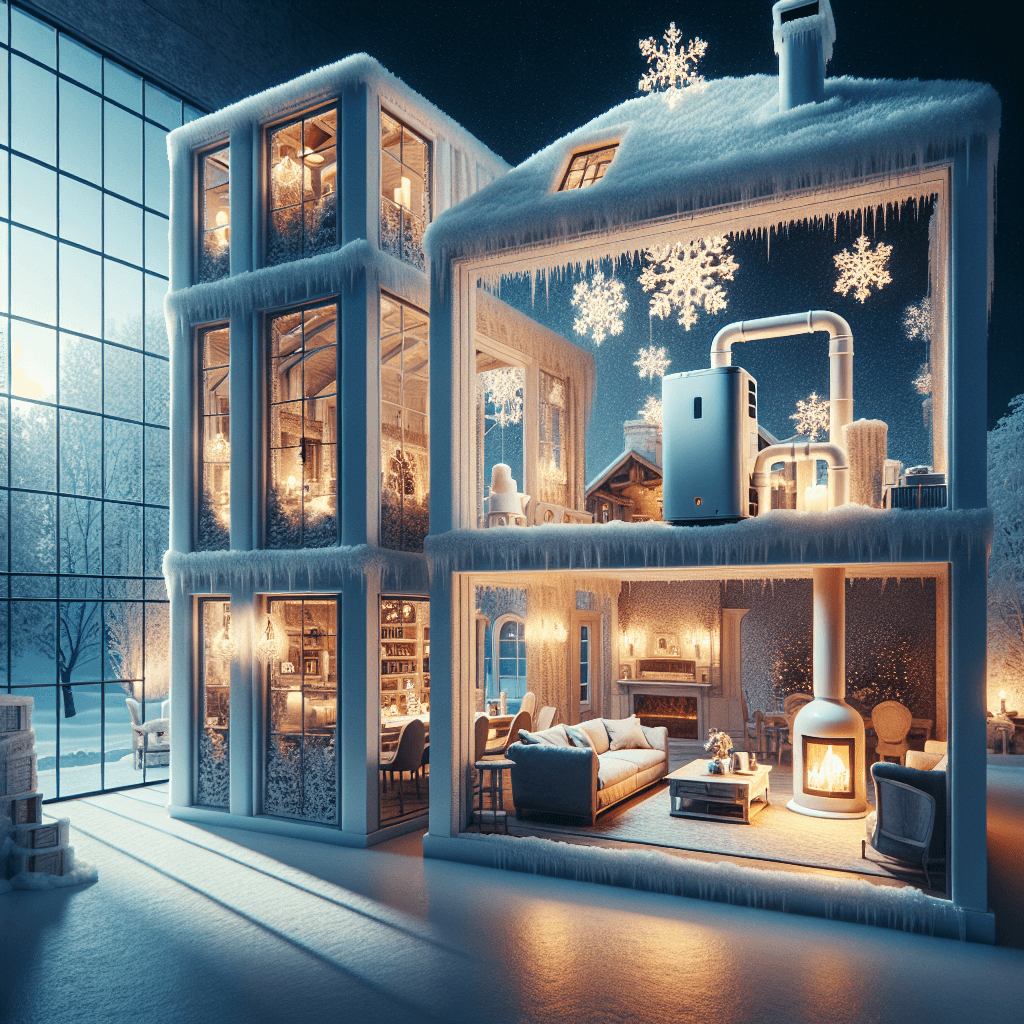- Published on
Can Heat Pumps Thrive in Cold Climates? Enduring the Chill with Modern Technology

When the winter chill sets in, you're looking to keep your nest cozy and warm without breaking the bank. Heat pumps are often touted for their efficiency, but can they truly stand up to the biting cold of more extreme climates? Let’s unravel this chilly conundrum and see if a heat pump should be part of your home's defense against the cold.
Heat Pumps: A Brief Overview
At their essence, heat pumps work by transferring heat from one place to another. Unlike traditional heating methods that generate heat via combustion or resistance, heat pumps move existing warmth—even in seemingly cold air—into your home. This is akin to someone finding spare change hidden under couch cushions; the money is already there, it just needs to be gathered and put to use.
Technical Specifics
Technically, a heat pump's operation hinges on the refrigeration cycle. It utilizes a refrigerant, compression, and expansion processes to absorb heat from the outside air, ground, or water and then pumps it indoors. It's like a courier service for heat—picking it up from one location and conscientiously delivering it to your living room.
Understanding Heat Transfer
Let's consider a sponge soaking up water. Even if the sponge is nearly saturated, it can often absorb a bit more water. Heat pumps operate similarly by soaking up available thermal energy from the outside air, which, surprisingly, holds heat even when temperatures dip.
Going Deeper into the Cycle
Delving further, the cycle involves an evaporator coil outside that extracts heat from the air; this heat turns refrigerant from a liquid to a gas. A compressor then increases the pressure and temperature of this gaseous refrigerant. The now hot refrigerant moves through a condenser inside your home, releasing its heat into your home's air before it's expanded and cooled down to restart the cycle.
Balancing Act in Cold Weather
Imagine trying to extract honey from a near-empty jar. It requires more effort but is not impossible. Traditional heat pumps struggle in very cold weather because the available heat outside is harder to collect. However, modern advancements have led to the development of cold climate heat pumps, specially designed to work efficiently in sub-freezing temperatures.
Advanced Heat Pump Technology
The latest models feature advancements such as two-stage or variable-speed compressors that can adjust to the outdoor conditions, ensuring better performance when the mercury drops. Enhanced coil designs and improved refrigerants also contribute to maintaining warmth even on frosty days.
Solutions and Recommendations
For those in colder regions considering a heat pump, here are actionable steps to enhance your home comfort:
- Research Cold Climate Heat Pumps: Look for models designed for colder weather with high Seasonal Performance Factors (HSPF) and possibly ENERGY STAR certification.
- Insulate and Seal Your Home: Maximize efficiency by ensuring your home is well-insulated, windows and doors are sealed, and any gaps are fixed to keep the cold out and the warmth in.
- Professional Installation: Ensure your heat pump is installed by a certified professional for optimal performance.
- Complementary Systems: Consider a dual-fuel system where the heat pump is paired with a gas furnace that kicks in only when extremely low temperatures make the heat pump less efficient.
- Maintenance: Keep your system well-maintained with regular check-ups to ensure it runs smoothly year-round.
The modern heat pump has morphed from a fair-weather friend into a stalwart companion capable of braving the coldest winter days—potentially a smart addition to your home heating repertoire. If energy efficiency paired with modern technological finesse aligns with your vision of home comfort improvement, then a heat pump tailored for cold climates might just be the warm embrace you're looking for.